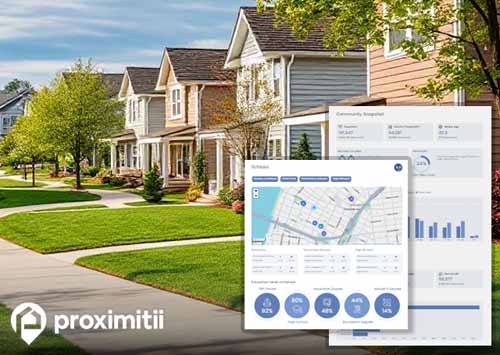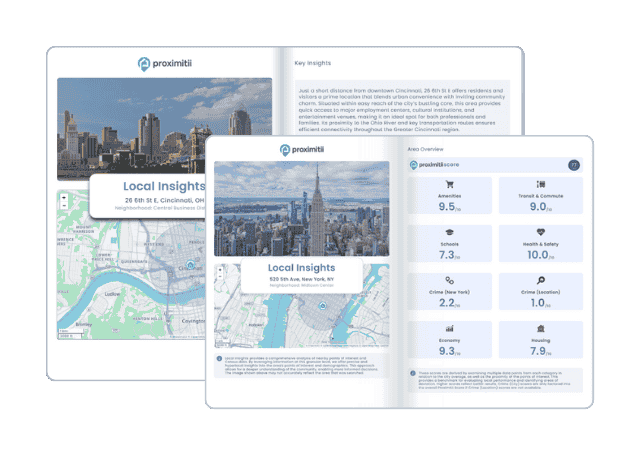| Statistic | Reportedincidents | /100k people | Lamar/100k people | Arkansas/100k people | National/100k people |
| Total crime | 23 | n/a (estimate) | 1,301 | 2,509 | 2,119 |
| Murder | 0 | n/a | 0.0 | 7.3 | 5.0 |
| Rape | 0 | n/a | 0.0 | 69.9 | 37.5 |
| Robbery | 0 | n/a | 0.0 | 38.6 | 60.6 |
| Assault | 3 | n/a | 169.7 | 463.5 | 256.1 |
| Violent crime | 3 | n/a (estimate) | 170 | 579 | 359 |
| Burglary | 0 | n/a | 0.0 | 352.7 | 229.2 |
| Theft | 20 | n/a | 1,131.2 | 1,400.0 | 1,272.1 |
| Vehicle theft | 0 | n/a | 0.0 | 176.8 | 258.8 |
| Property crime | 20 | n/a (estimate) | 1,131 | 1,930 | 1,760 |


The Lamar crime rates are 38.1% lower than the national average. There are two main categories of crime - violent crime and property crime. Violent crime consists of murder, rape, robbery and assault, while property crimes include burglary, theft and vehicle theft. There were a total of 4 violent crimes in Lamar (230 per 100,000 people), which is 37.8% lower than the national average and there were a total of 21 property crimes (1208 per 100,000 residents) which is 38.2% lower than average.
During the most recently reported crime year, Lamar experienced a total of 0 reported murders. This statistic paints it as a beacon of security when it comes to severe violent crimes. Such an achievement not only instills a profound sense of security for its residents but also sets a high standard for other communities striving to create similarly secure environments. It underscores the area as a place where safety is a top priority, enhancing its appeal as a desirable location to live and thrive.
The United States experiences some of the highest vehicle theft rates in the world, with about 300 vehicle thefts per 100,000 people. In fact, only a small percentage (about 10%) of cities were lucky enough to report no stolen vehicles at all. Lamar was one of those cities, as it had no reported vehicle thefts in the most recent crime report.
Determining whether Lamar is a place to live may not always yield a simple answer, given the city's varying safety levels across different areas. Nonetheless, comprehending the city's overall crime rate can be a valuable asset. In broad terms, Lamar has an overall crime rate that is 38% lower than the national average. When we take a look at crime on a daily basis, this translates into 0.07 daily occurrences, comprising 0.01 violent crimes and 0.06 property crimes. Scrutinizing these statistics provides a foundation for a more informed assessment of the suitability of Lamar as a potential place to establish residency.
Examining year-over-year crime data provides insights into short-term trends with regards to the crime activity in Lamar. This analysis involves comparing crime rates from one year to the next, enabling the identification of patterns and fluctuations in crime. Such information proves invaluable to residents seeking to make well-informed decisions about their choice of residence. In the most recent year, compared to the previous one, total crime in Lamar has increased by 108.3%. Specifically, violent crime has decreased by 33.3%, while property crime has increased by 250%. This data empowers individuals with a clearer understanding of the evolving safety landscape in Lamar.
Lamar has a poverty rate of 31.3, while the national average is 15.1. In the past, there has been a direct correlation between high or low poverty rates and high or low crime stats. Elevated poverty levels and income disparities can contribute to heightened criminal activity, as individuals may resort to unlawful means to address their fundamental necessities. While lower poverty levels have led to a reduction in typical crime levels compared to other areas.
Regions characterized by high population density frequently encompass expansive urban hubs that offer diverse economic prospects. In such areas, income inequality can be exacerbated, creating pockets of poverty alongside affluence. Economic disparities within these regions may correlate with elevated property crimes and, in certain instances, violent crimes. Conversely, areas with low population density numbers generally exhibit reduced Lamar crime rates. Lamar registers a population density of 367.5 people per square mile, in contrast to the national average of 90.6 people per square mile.
High rental costs can limit economic mobility, making it difficult for individuals to save money, invest in education, or access better job opportunities. This can perpetuate a cycle of poverty and increase the risk of involvement in criminal activities. In summary, high rental costs can create economic challenges, overcrowding, and neighborhood dynamics that may increase the likelihood of certain types of crime, particularly property crimes. In Lamar, the average rental rates are $420 per month, compared to the national average of $949.

Why stop at city-to-city? With Local Insights, you can compare neighborhoods, zip codes, or even exact addresses. Access 300+ hyperlocal data points—from schools and crime to housing and amenities—to see which area is the better fit.

| Item | Lamar | Arkansas | National |
| Law enforcement employees (officers & civilians) | n/a | 5,164 | 558,732 |
| Police officers & civilians /1000 residents | n/a | 2.9 | 3.3 |
| State | Total offenders | Arkansas /100K | National /100K |
| Arkansas | 8,875 | 323 | 266 |
| City | Population | Violent crime/100k people | Property crime/100k people | Total crime/100k people |
| Morrison Bluff, AR | 48 | 383 | 1,275 | 1,658 |
| Russellville, AR | 29,227 | 350 | 1,385 | 1,734 |
| Clarksville, AR | 9,661 | 465 | 2,035 | 2,500 |
| Subiaco, AR | 488 | 644 | 2,148 | 2,792 |
| London, AR | 768 | 654 | 2,179 | 2,833 |
| Knoxville, AR | 623 | 657 | 2,189 | 2,845 |
| Scranton, AR | 271 | 672 | 2,239 | 2,911 |
| Lamar, AR | 1,696 | 170 | 1,131 | 1,301 |
| City | Population | Violent crime/100k people | Property crime/100k people | Total crime/100k people |
| Mundys Corner, PA | 1,696 | 97 | 565 | 661 |
| Essex, MA | 1,697 | 292 | 345 | 637 |
| Mound Bayou, MS | 1,695 | 102 | 661 | 763 |
| Lake Sherwood, CA | 1,697 | 68 | 292 | 360 |
| Duson, LA | 1,695 | 253 | 1,119 | 1,372 |
| Lamar, AR | 1,696 | 170 | 1,131 | 1,301 |